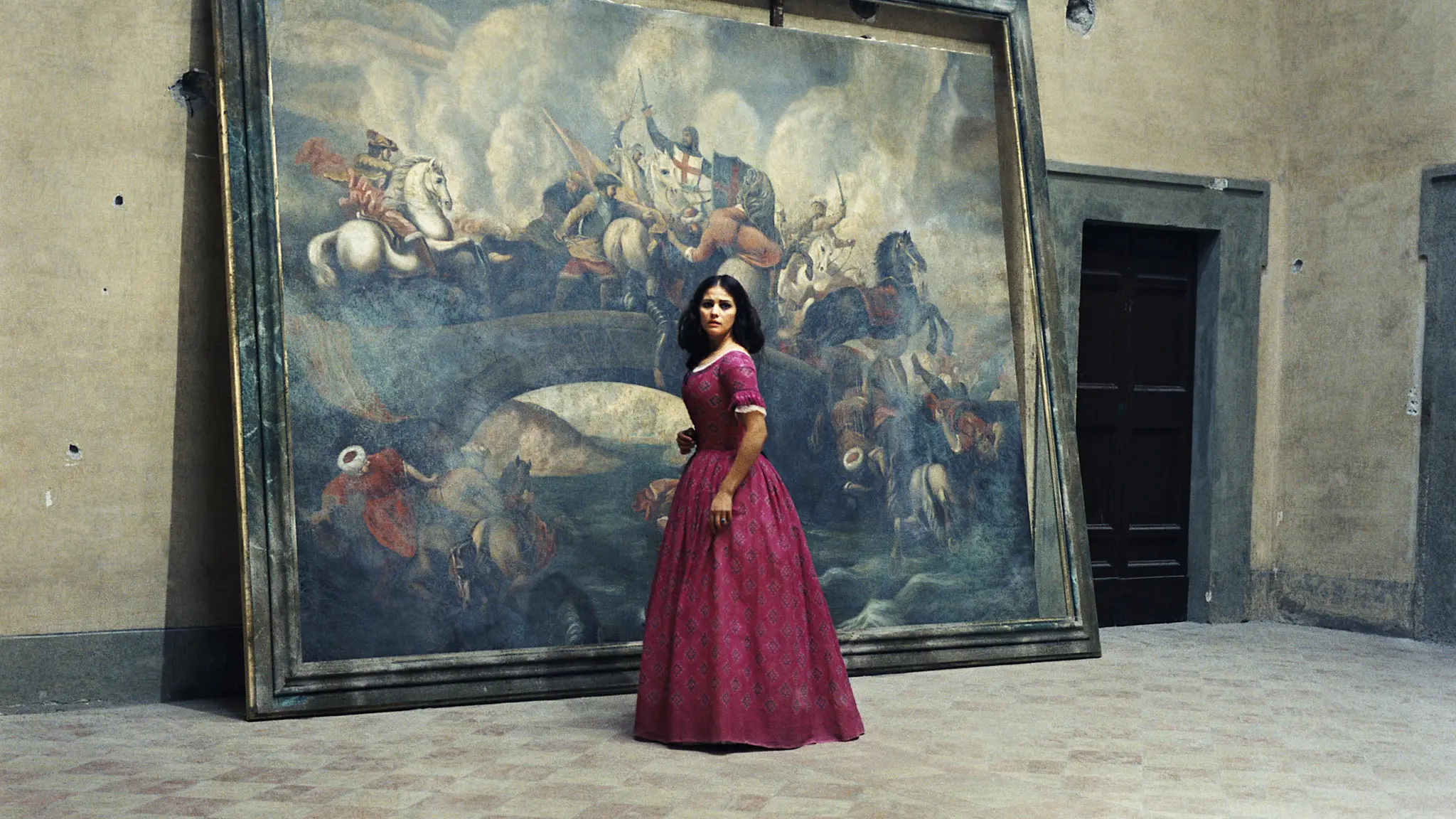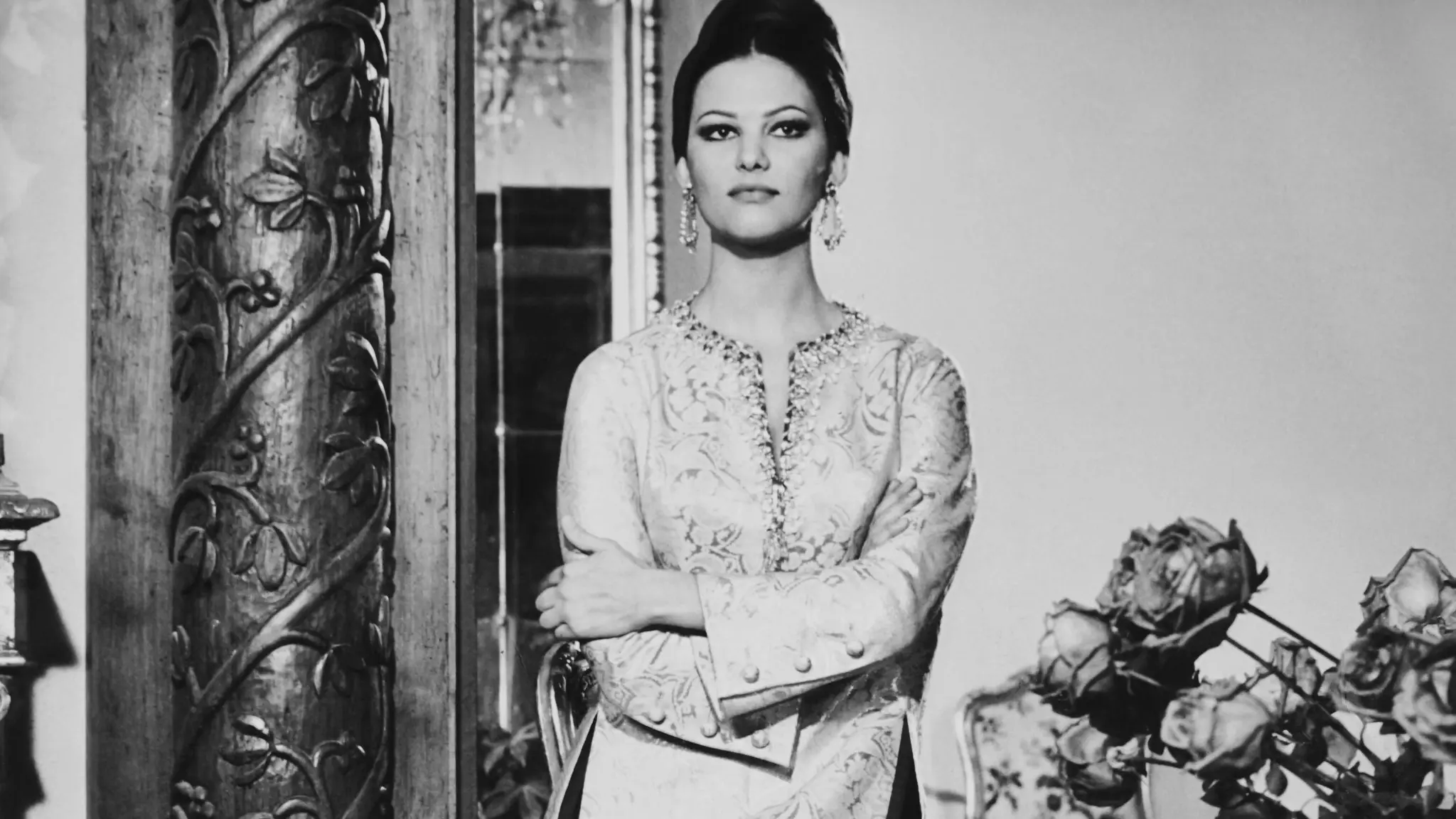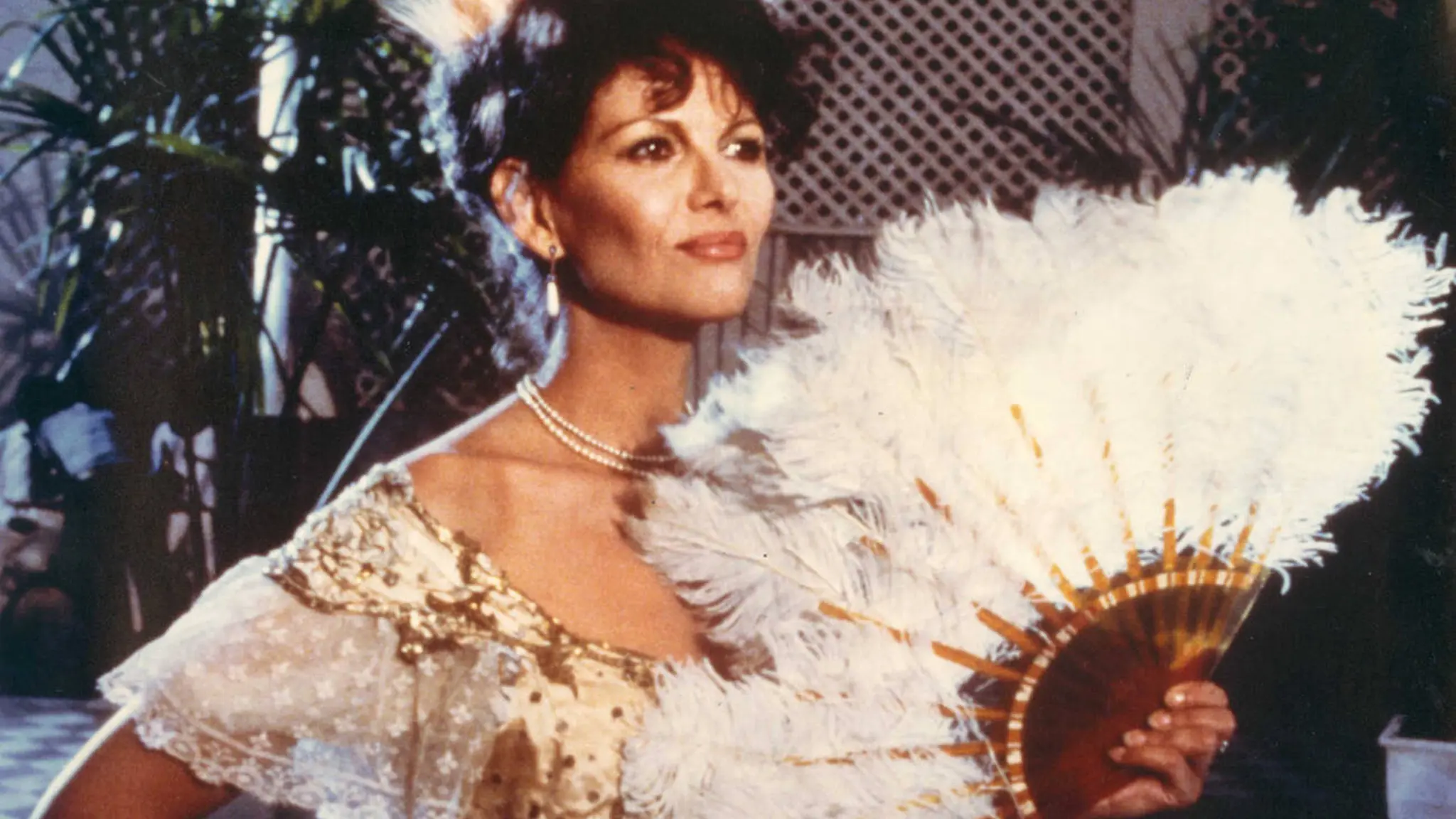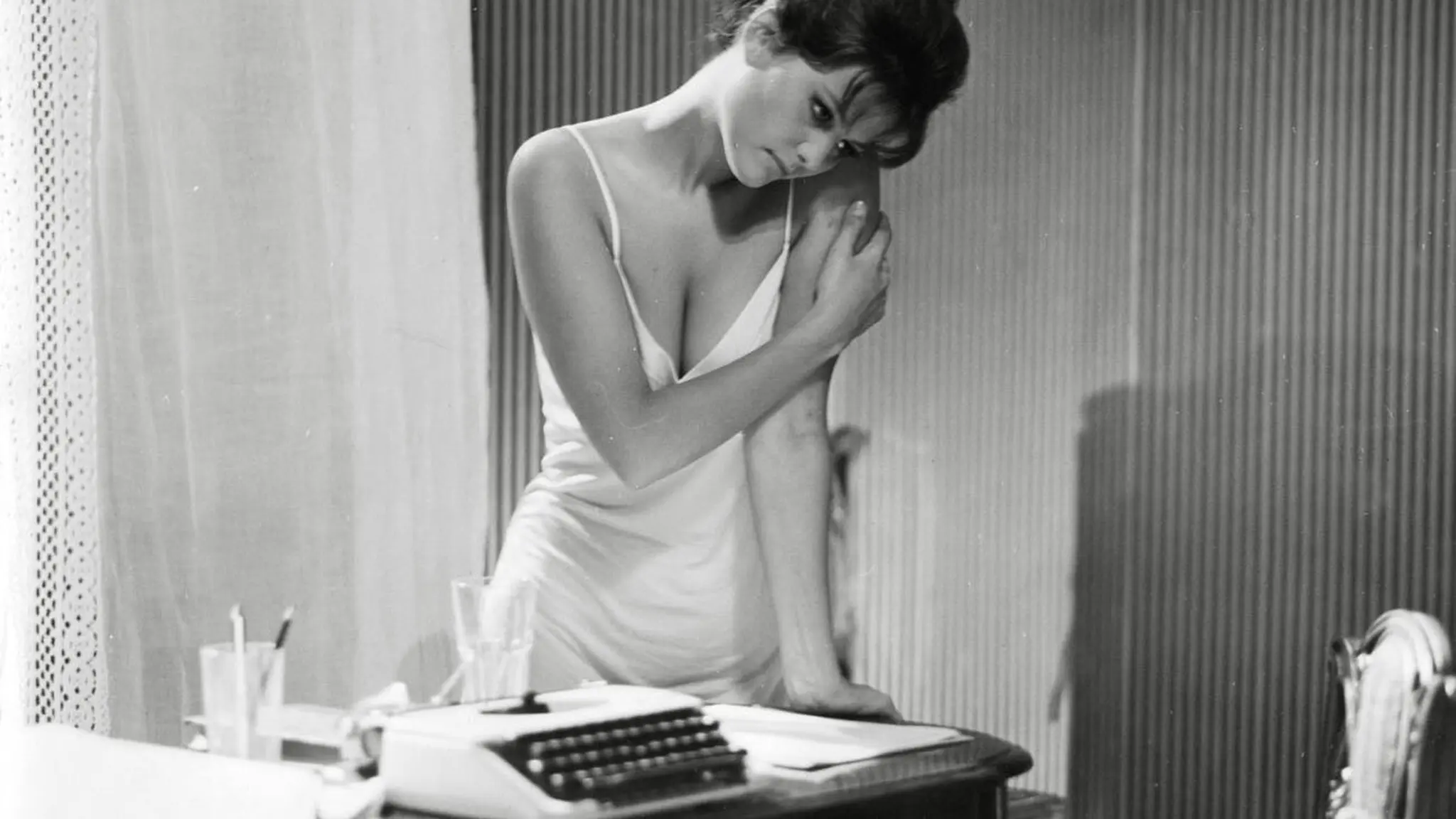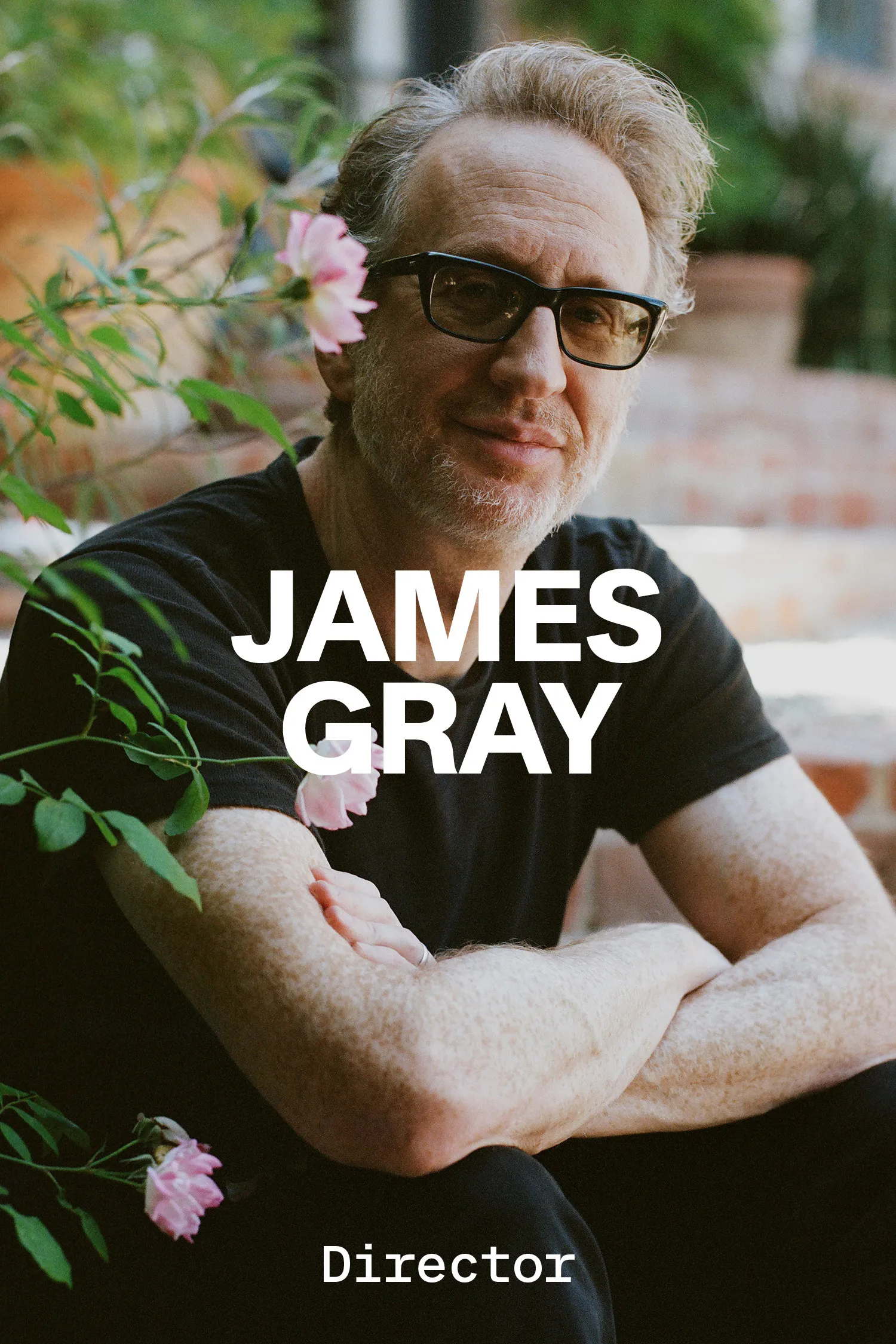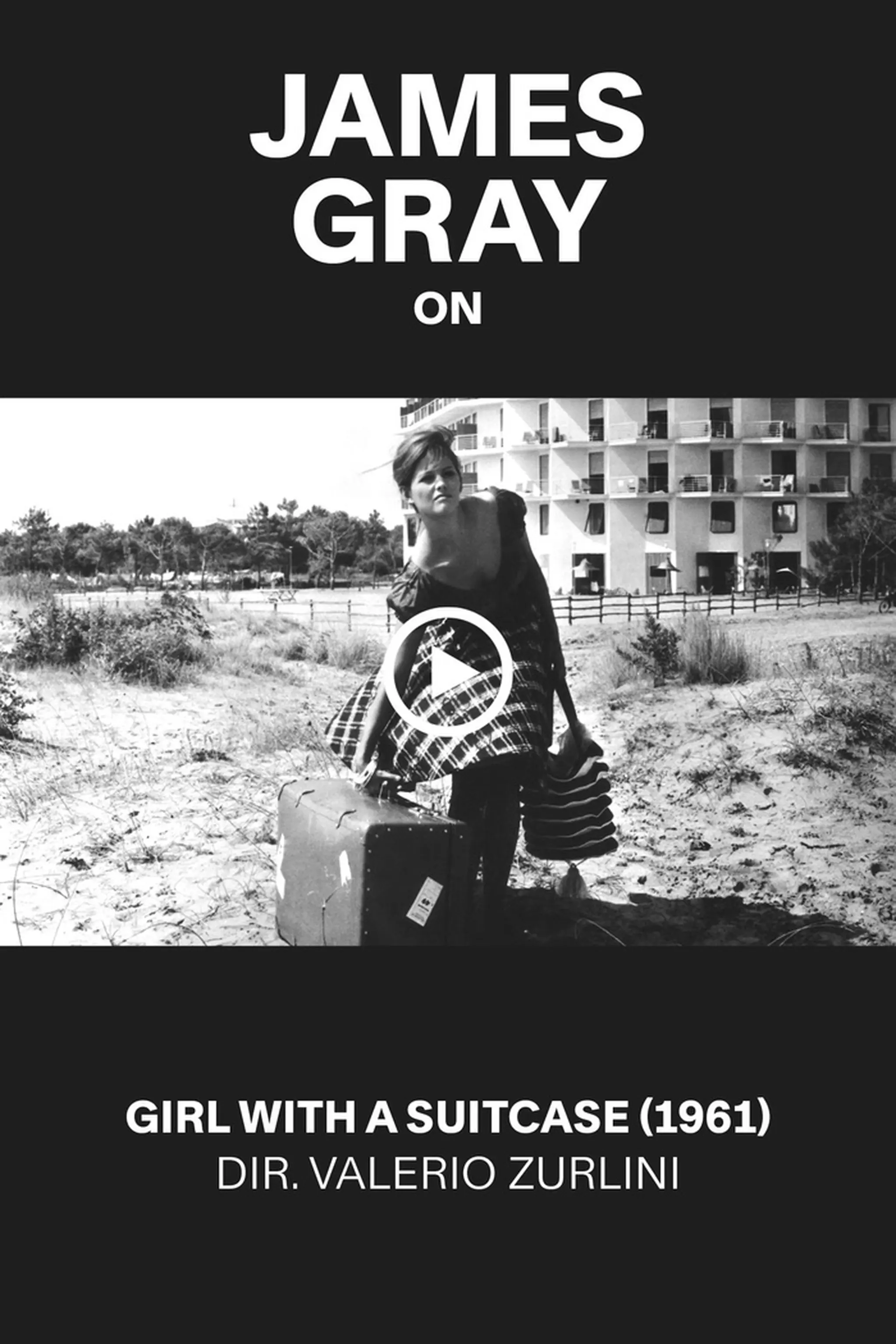I, Claudia: Claudia Cardinale
By Christopher Bollen
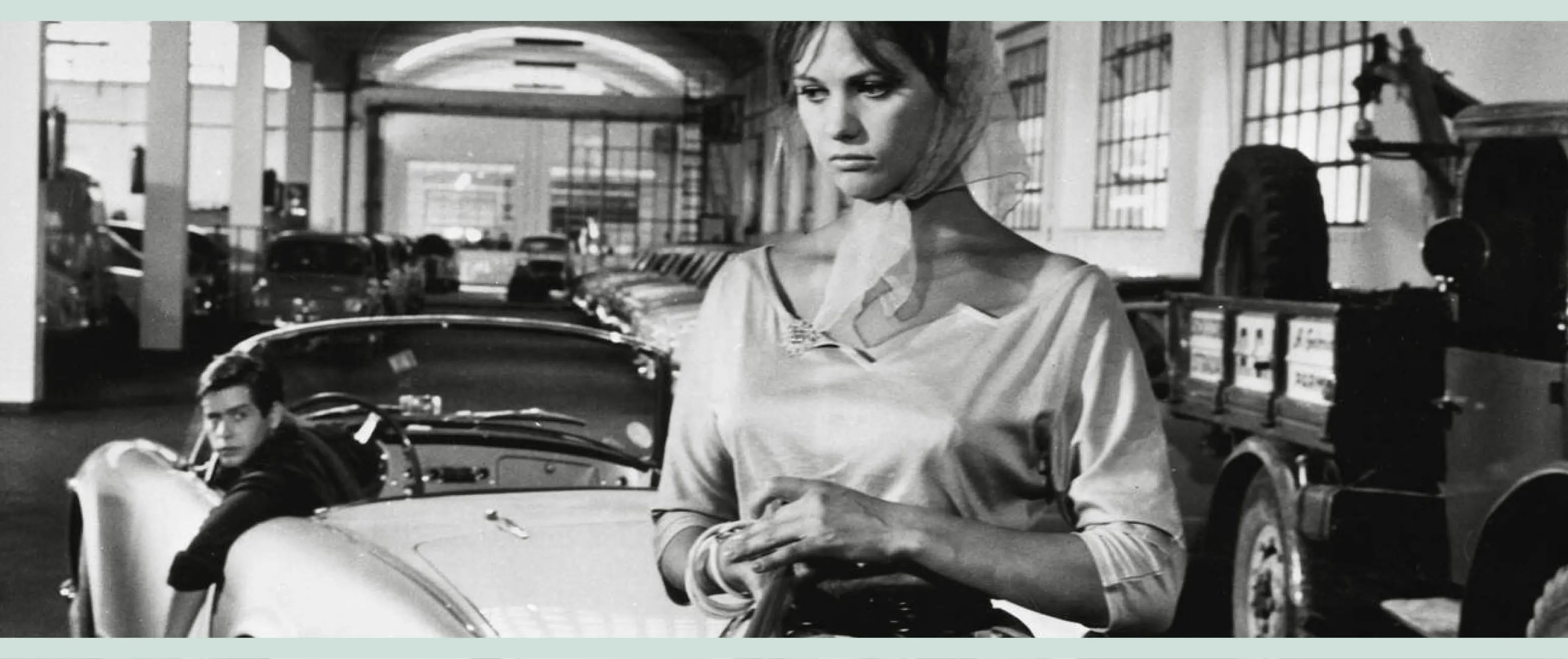
Claudia Cardinale in Girl with a Suitcase, dir. Valerio Zurlini, 1961
THE LEGENDS
i, claudia
A radiant inhabitant of thorny roles as well as her legendary beauty, Claudia Cardinale looks back on her work with Fellini, Visconti, Zurlini and other 20th-century greats
By Christopher Bollen
January 8, 2024
In the first scenes of the 1961 black-and-white classic Girl with a Suitcase (La ragazza con la valigia), Claudia Cardinale’s character—along with her titular piece of luggage—is ditched at a mechanic’s shop by her scoundrel boyfriend, who speeds off in a gray convertible. What follows is a gutsy, vulnerable performance depicting a young, unwed mother at the end of her tether, the breakout role that made the Italian actress a star.
Cardinale, born in Tunisia in 1938 of Sicilian heritage, was a famous beauty, but it was her talent for tackling the prickliness and emotional heft of her characters that made her a legend of European cinema. After Valerio Zurlini’s dramatic masterpiece, she worked with the likes of Federico Fellini (8½), Luchino Visconti (The Leopard), Blake Edwards (The Pink Panther) and Sergio Leone (Once upon a Time in the West), building a career that has spanned six decades. At 85, Cardinale currently lives outside of Paris and, through her foundation and UNESCO, has been an enduring advocate for women’s rights in and out of cinema.
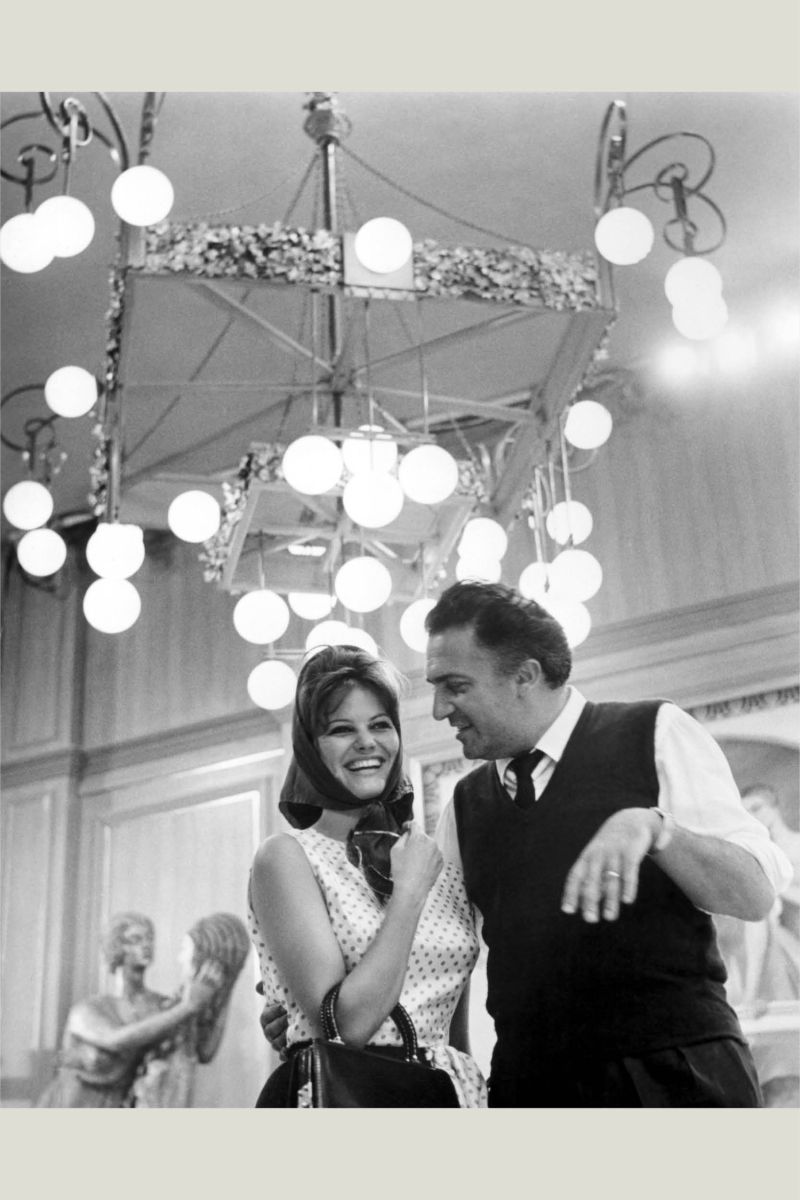
Claudia Cardinale with Federico Fellini on the set of 8½
Growing up in Tunisia, who were your early cinema idols?
I remember seeing Brigitte Bardot. What a shock. She became my total idol. I tried to dress like her. I would wear a ponytail! I also remember seeing Marlon Brando.
You’ve been claimed as an idol by so many different countries and cinematic histories, but you’ve stated that you feel above all Italian.
I feel very close to Tunisia and to France, but I’m Italian—it’s my only nationality, actually. Italy has accepted me and gifted me with the honor of representing its culture through the wonderful directors I’ve worked with. I’ve also represented many important figures in Italian literature throughout my career. I feel very grateful to Italy, to have been a part of such an age of creation and inspiration.
From left: The Leopard, dir. Luchino Visconti, 1963; The Pink Panther, dir. Blake Edwards, 1963; Fitzcarraldo, dir. Werner Herzog, 1982; 8½, dir. Federico Fellini, 1963
Which directors gave you the most freedom?
Without a doubt Fellini. He gave me total freedom. He would pick me up every morning in my villa and take me to the set of 8½. That’s when we would discuss and create the dialogues of the day!
Girl with a Suitcase was a pivotal film—a film that concentrates on the life and struggles of a lost young woman. What drew you to the role?
It was a very strong experience for me. It taught me a great amount. It was also very challenging, since I had a lot of similarities with the character.
What was it like to work with Valerio Zurlini?
The encounter with Zurlini was magical. He was so kind and gentle. A man of great culture and sensitivity. We stayed close till the end. He taught me so much.
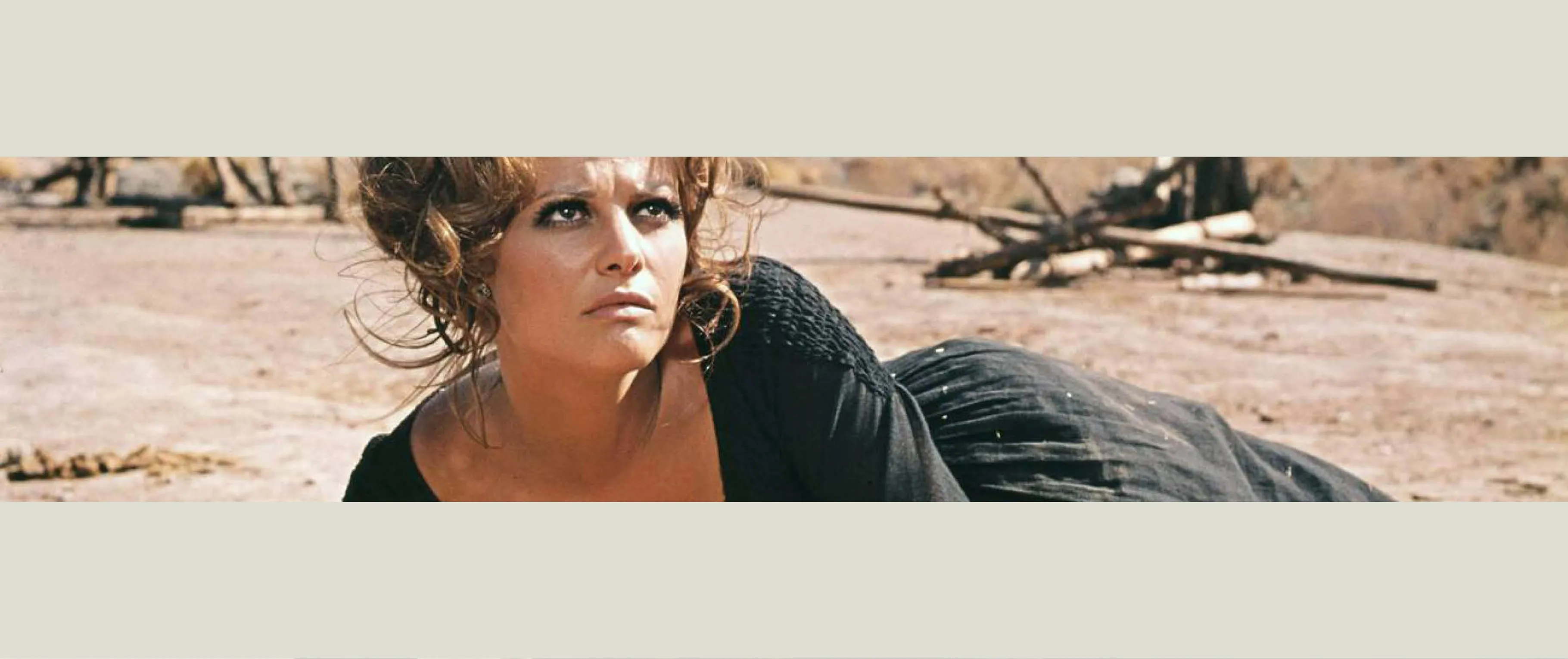
Once upon a Time in the West, dir. Sergio Leone, 1968
The Leopard and 8½ are both monuments of world cinema today. Did you know when you were making these films with the likes of Visconti and Fellini that you were working on such artistic masterpieces?
Yes and no. Both films were monumental indeed, and you could sense on the set that you were part of something big, that you were stepping into magic. But the success? Well, that is always incognito. The Leopard grew in success over time. But surely I…we all were proud. We knew we would always be able to defend that work.
Not only have you worked with some of the greatest artists, actors and directors, but many of them happen to be famous for being difficult, prickly perfectionists—Visconti, Alain Delon, Werner Herzog. As a woman, how did you stand your ground artistically?
I think what saved me is my professionalism. I took work very seriously. The people you named were very dedicated to their work, and they expected people to be respectful of that, which I was. So I never had any problems. I was very close with most of them.
“…You could sense on the set
that you were part of something big,
that you were stepping into magic.”
You also worked in Hollywood. How did that experience differ from the European films?
My experience in Hollywood was brief and intense. It was indeed a different system. It was much more of a star system. I wasn’t used to it, nor did I find myself totally at ease with it. It was also much more dictated by the commercial aspect. I felt that in Italy the cinema industry was still closer to the creative aspect and less driven by the outcomes. I enjoyed America very much, but I must admit that I felt a little out of place.
What do you consider your most memorable role? What film changed you as an actress?
That is an impossible question. Every experience—or most of them—has enriched me and made me grow. Of course I cannot deny that the roles of Angelica (The Leopard) and Jill (Once upon a Time in the West) are the ones I am most remembered for, so I obviously acknowledge them as being particularly important.

From left: Werner Herzog, Claudia Cardinale and Klaus Kinski on the set of Fitzcarraldo
What films and directors do you admire who work today?
I admire the new Italian generation. Alice Rohrwacher, for example, as well as Paolo Sorrentino, Saverio Costanzo.
You’ve been an outspoken advocate for feminism. Has working in cinema informed your politics, and do you think women still have a lot of ground to cover for equality in the film world?
My generation went through a lot. Some of my roles have helped me and encouraged my empowerment for sure. My personal life did too. But as we know, there is still a lot of work to be done in the cinema industry, as well as in art in general and in society as a whole. I have always tried to use my public image to speak out. Today I have created the Fondazione Claudia Cardinale with my daughter, Claudia Squitieri. Defending female creation is a big part of our mission.
